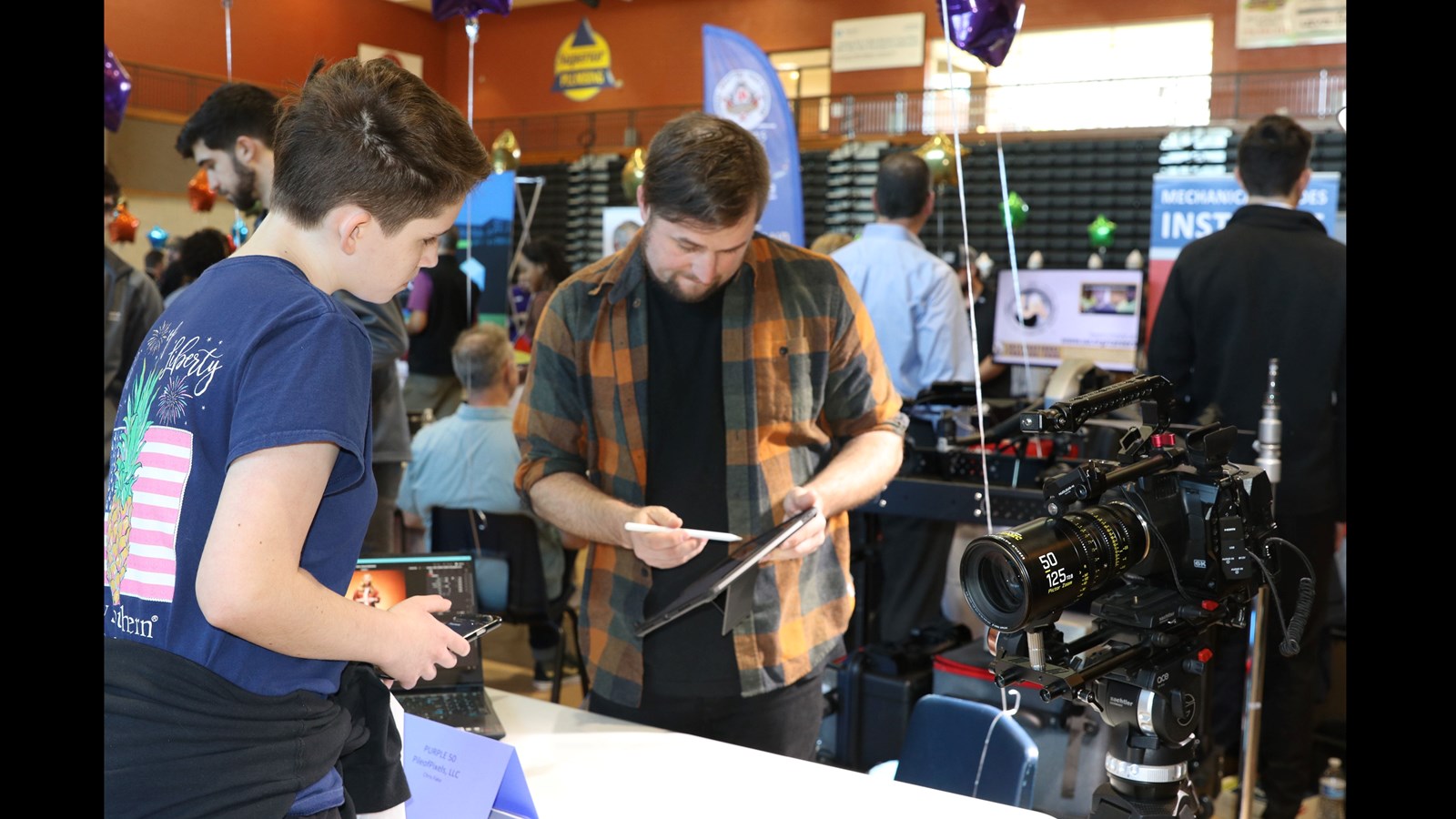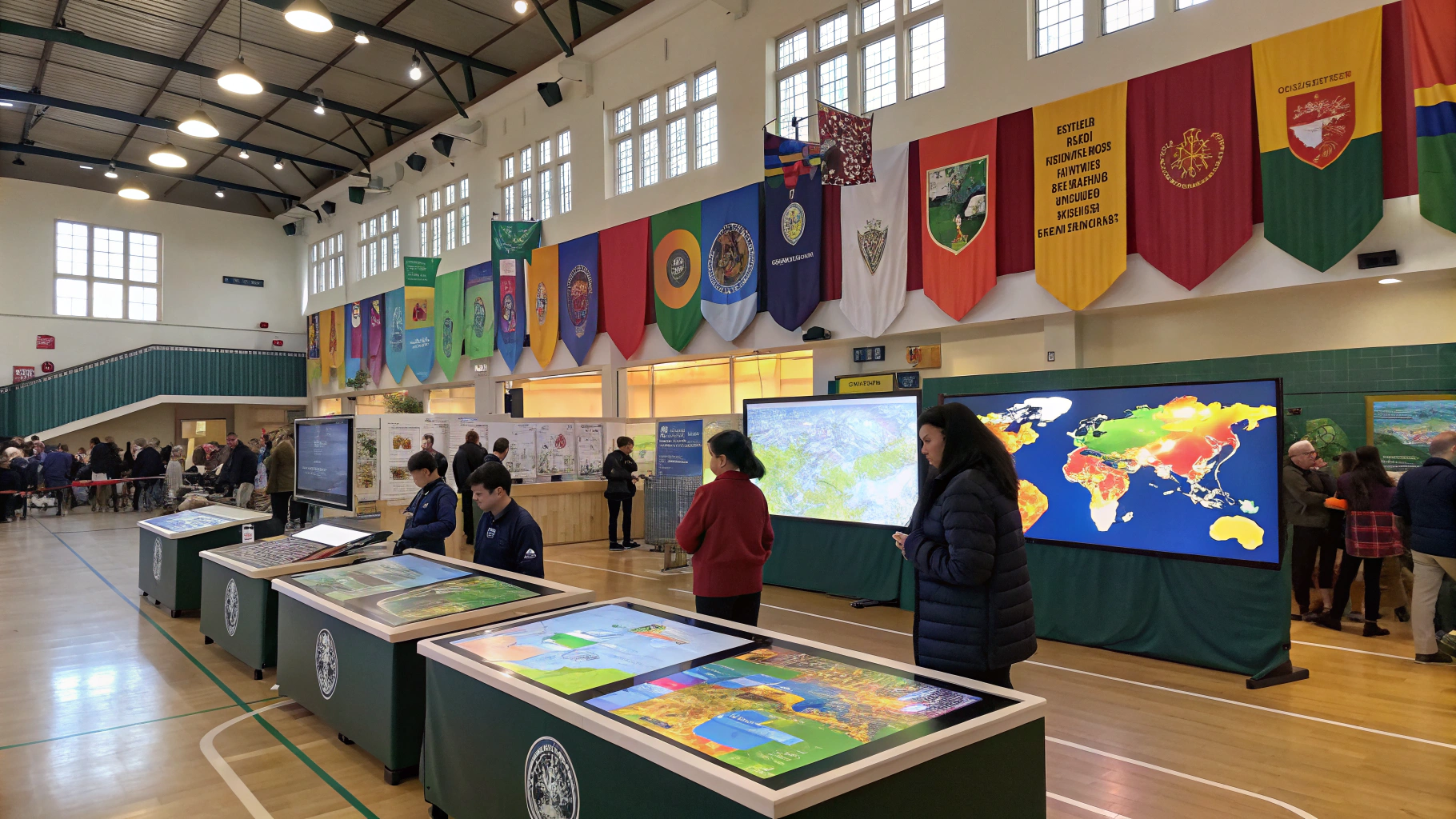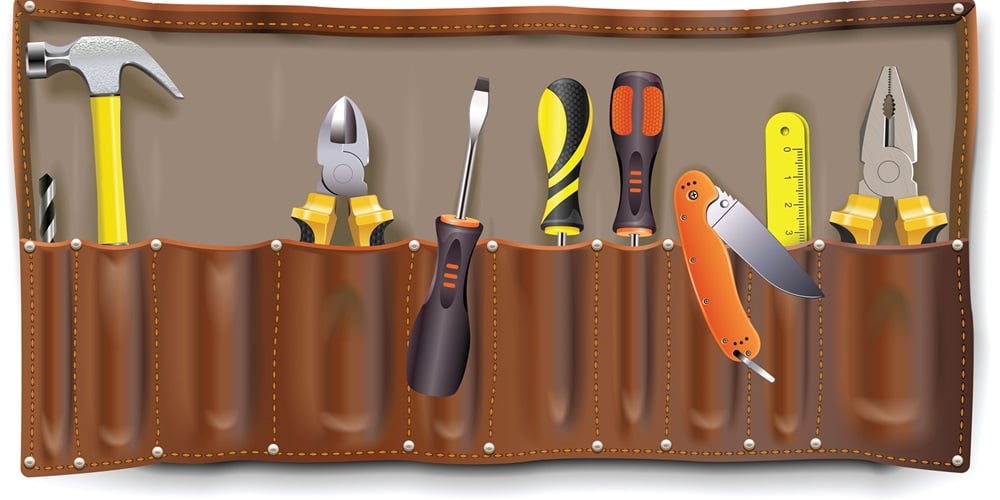When Maria Rodriguez showed her flawless pipefitting techniques at Portland Community College’s 2025 trades fair, she landed an apprenticeship with Hoffman Construction on the spot. Stories like hers reveal a critical reality: 68% of construction and manufacturing employers struggle to fill skilled roles, making these events crucial for connecting talent with desperate employers. 12. Unlike traditional college fairs focused on internships, trade school events prioritize people who can actually start working immediately. That's changing how plumbing, HVAC, and manufacturing companies find their next generation of workers.

Proven Trade School Career Fair Ideas for Employers and Students
Hands-On Assessments Replace Resume Filters
At Microchip’s booth, VR headsets simulate assembly line troubleshooting to see how candidates work under pressure. This strategy helped them hire 30% of 2024 interns from fair participants 34. Employers like Daimler Truck and Boeing increasingly value real-time skill demonstrations:
- Welding competitions with instant feedback from journeymen
- Equipment operation trials monitored by site supervisors
- Mock electrical circuit installations scored via AI tools 16
 Students reap concrete benefits, with 70% of HVAC graduates securing jobs averaging $52,000 starting salaries through these interactions 7.
Students reap concrete benefits, with 70% of HVAC graduates securing jobs averaging $52,000 starting salaries through these interactions 7.

4 Strategies Schools Use to Boost Engagement
-
Pre-Event Skill Drills
Portland Community College mandates resume workshops and mock interviews before fairs, leading to a 40% spike in employer follow-ups. “Students who practice elevator pitches get twice as many callbacks,” explains career services director Lila Chen 89.
-
Gamified Networking
Stony Brook University boosted attendance by 60% using Instagram scavenger hunts where students earned toolkits for visiting specific booths. Top employers like Knife River Construction credit this approach for reducing no-shows by 35% 1011.

- Employer “Speed Dating” Sessions
NW Natural hosts 10-minute rotations where applicants field technical questions like “How would you diagnose a gas line leak?” a format that slashed their hiring timeline by three weeks 113.

- Post-Fair Digital Portfolios
Through Symplicity’s Handshake platform, electrician trainees share certification badges and project videos post-event, keeping them visible to recruiters. “Seeing actual conduit work trumps any resume bullet point,” says IBEW Local 48 recruiter Mark Tennyson 14.

Avoiding Common Pitfalls: What Employers and Schools Often Miss
Bridging the Expectation Gap
While 85% of employers prioritize OSHA 10 certifications 1, 45% of students arrive unprepared to discuss apprenticeship requirements. Fixes that work:
- Pre-Fair Webinars: Michigan’s trades commission reduced confusion by 65% hosting Q&As on union prerequisites 1013.
- Interactive Maps: Annotated floor plans highlighting companies offering on-site training increased meaningful conversations by 50% 1811.

The Future of Trade Recruitment: Hybrid Events and Green Skills
Post-pandemic hybrid fairs are both convenient and profitable. HVAC giant Lennox attributes 20% of 2024 hires to VR booths where applicants troubleshoot simulated heat pumps 1421. Emerging trends that are improving fairs include:
- Green Tech Zones: Solar installation demos and EV maintenance stations, reflecting renewable energy’s 34% industry growth 2223.
- Micro-Credential Badges: Drone operation certifications and smart home installation badges help students stand out in crowded markets 1814.

Measuring What Truly Matters
Successful fairs track outcomes beyond attendance:
- Conversion Rates: Portland’s 2025 event achieved 4 jobs offers per 100 interactions through pre-vetted candidates 127.
- Retention Metrics: Tracking hires at 6/12 months (e.g., Boeing’s 89% retention rate for fair recruits) proves long-term ROI 2829.
Building Tomorrow’s Workforce Today
The best trade school career fairs are the ones that keep up with how industries are actually changing, mixing hands-on skill tests with new tech and better networking. As Maria Rodriguez’s story proves, these events don’t just fill job openings, they also launch careers that power our infrastructure. For schools and employers alike, the message is clear, adapt your approach or watch skilled talent walk past your booth to competitors who did.
The unglamorous work of career fairs holds a glamorous promise: building literal bridges between education and employment with every handshake or VR headset.

